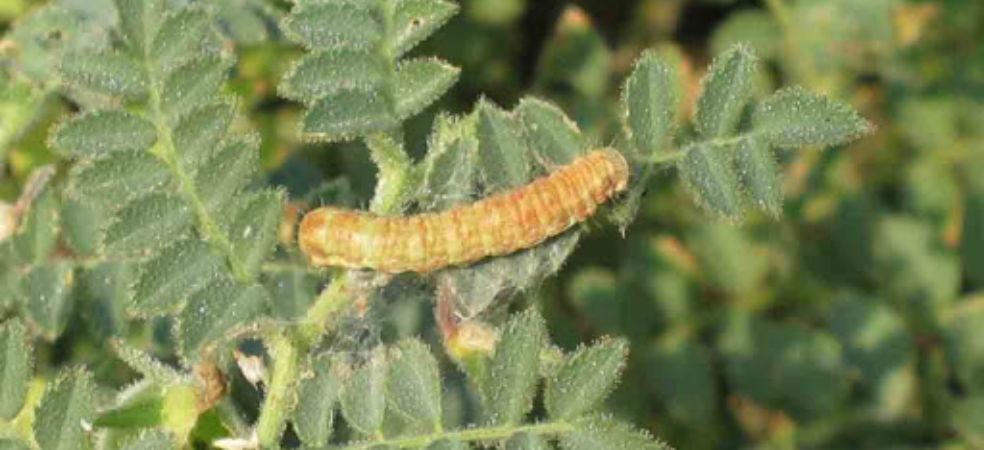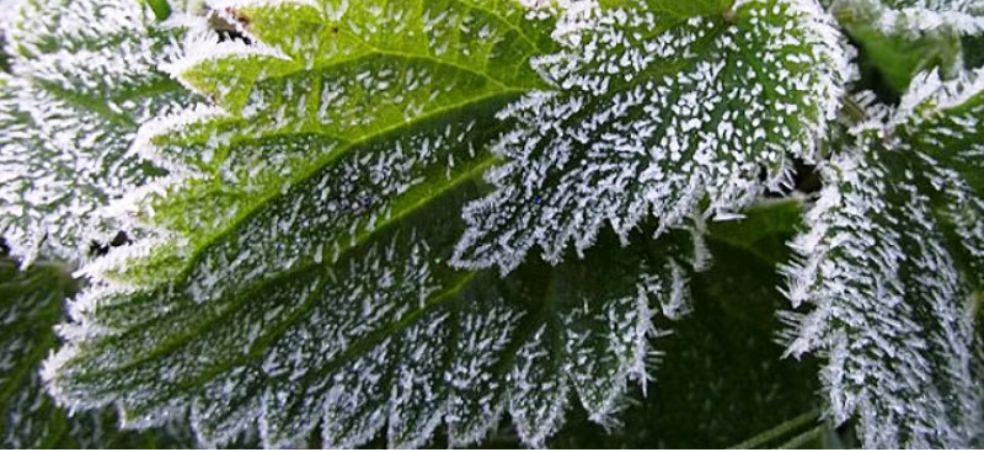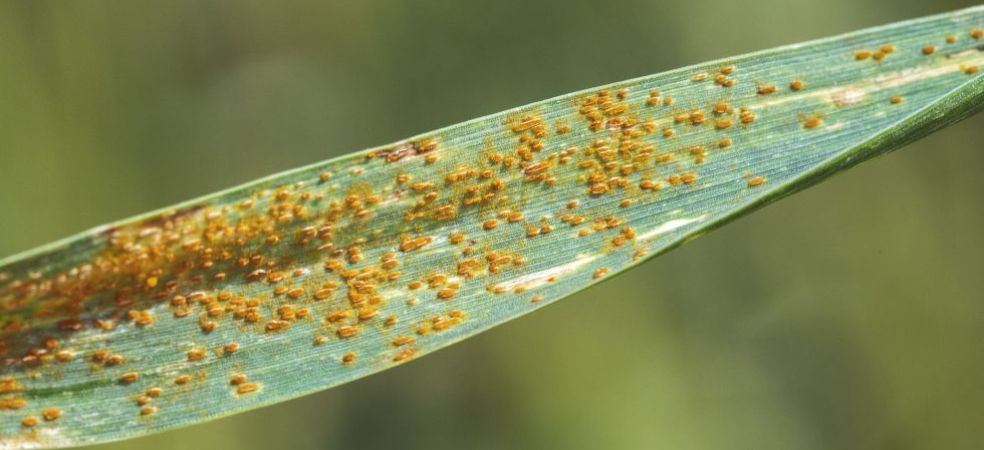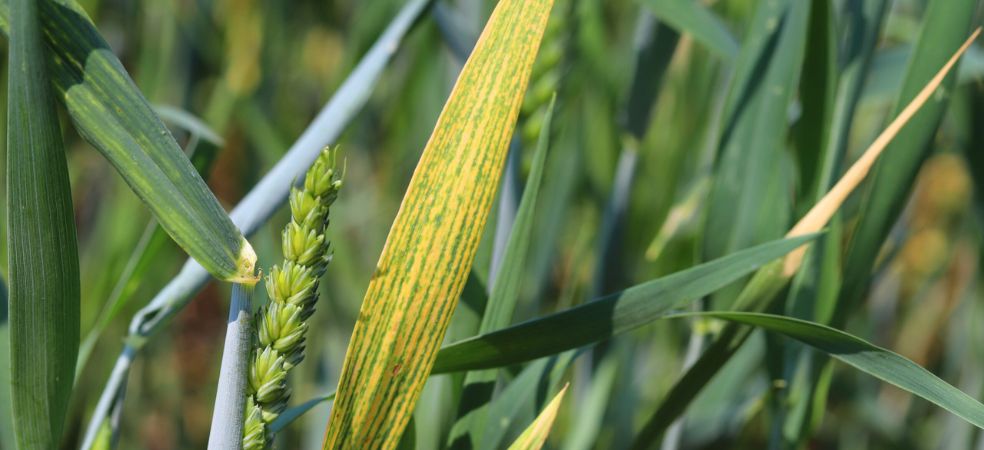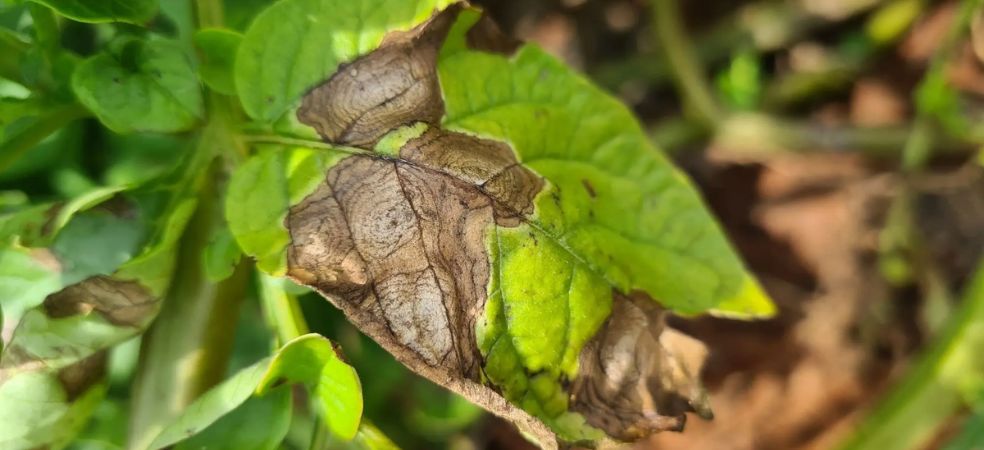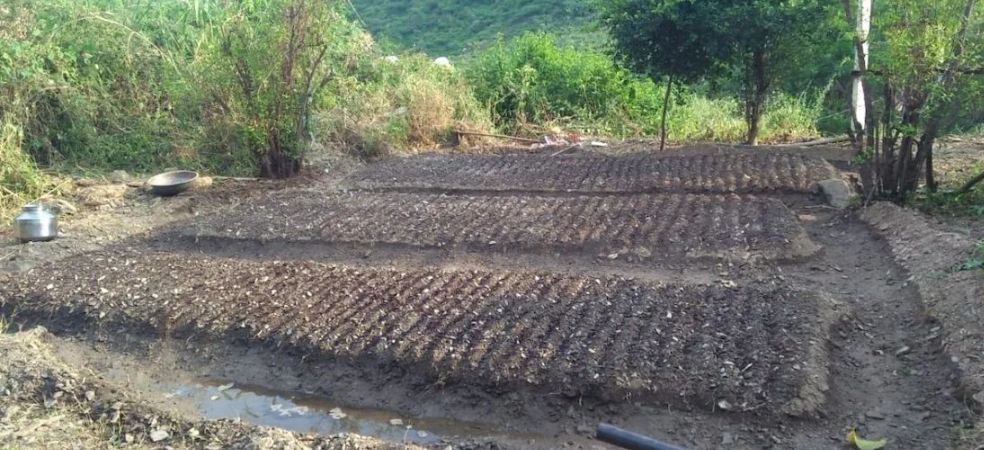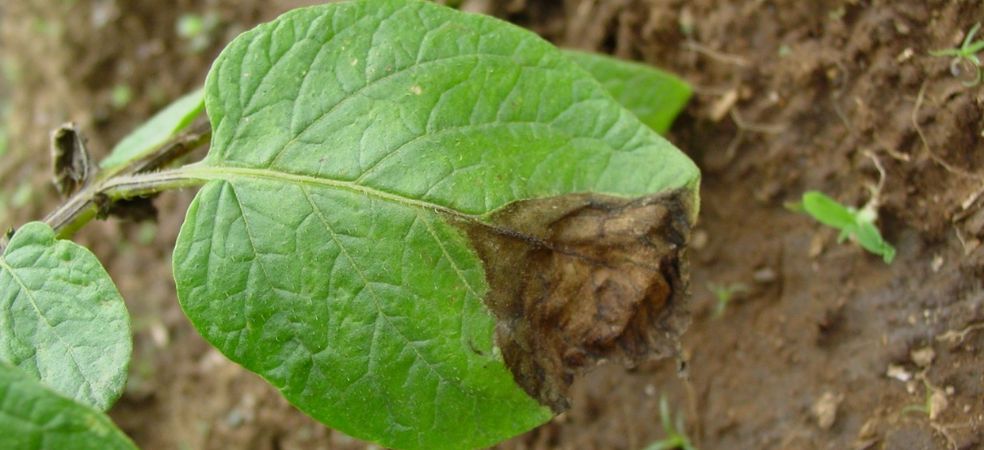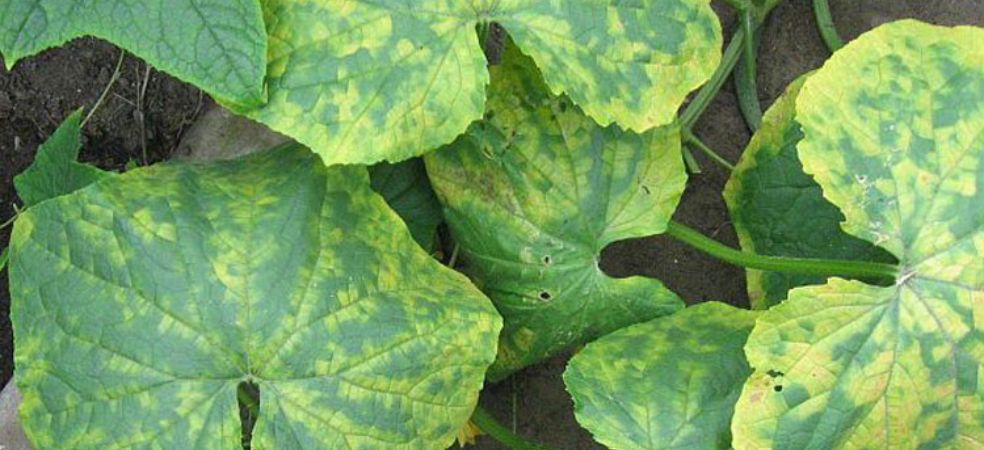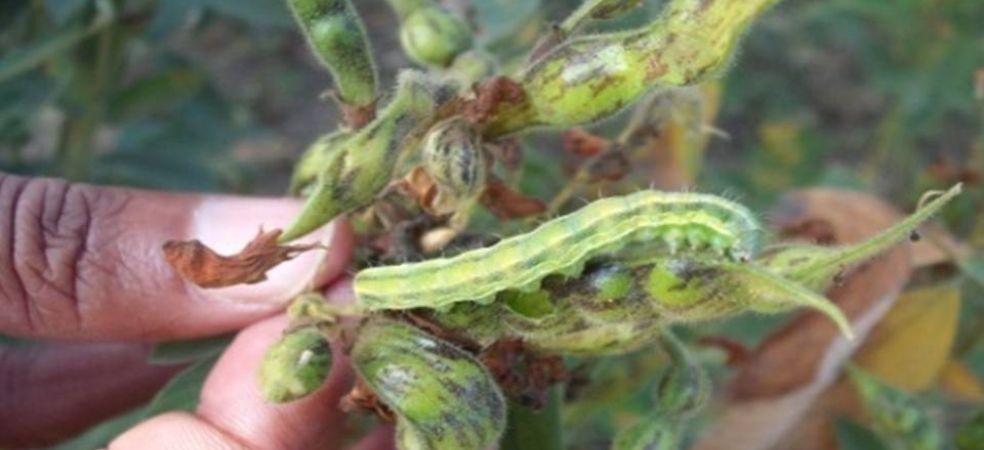Pod borer: The young larvae of this pest eat all the parts except the veins of the leaves and also eat the flowers and pods in the stage of flowers and pods. In green pods, it empties the pods by making circular holes and eats the seeds. Due to this, there is a huge reduction in production.
Control measures: For higher flowering and pod borer control in chickpea crops, Spray Cosko (Chlorantraniliprole 18.5% SC) @ 50 ml or Celquin (Quinalphos 25% EC) @ 400 ml + Bave Curb (Bavaria bassiana 5% WP) @ 250 gm + Nutriful Maxx (Fulvic Acid Extract – 20% + Calcium, Magnesium & Potassium micronutrient content 5% + Amino Acids) @ 250 ml + SilicoMaxx Gold @ 50 ml @ 150 to 200 litres of water per acre.
Nutriful Maxx:
-
It increases flowering and enhances the colour and quality of fruits.
-
Increases resistance of plants against drought, frost etc.
-
Also enhances the transport of nutrients from the root.
ShareFor such important information related to the agriculture sector and farmers, do read Gramophone’s articles daily. If you liked today’s information then don’t forget to share it with friends.

